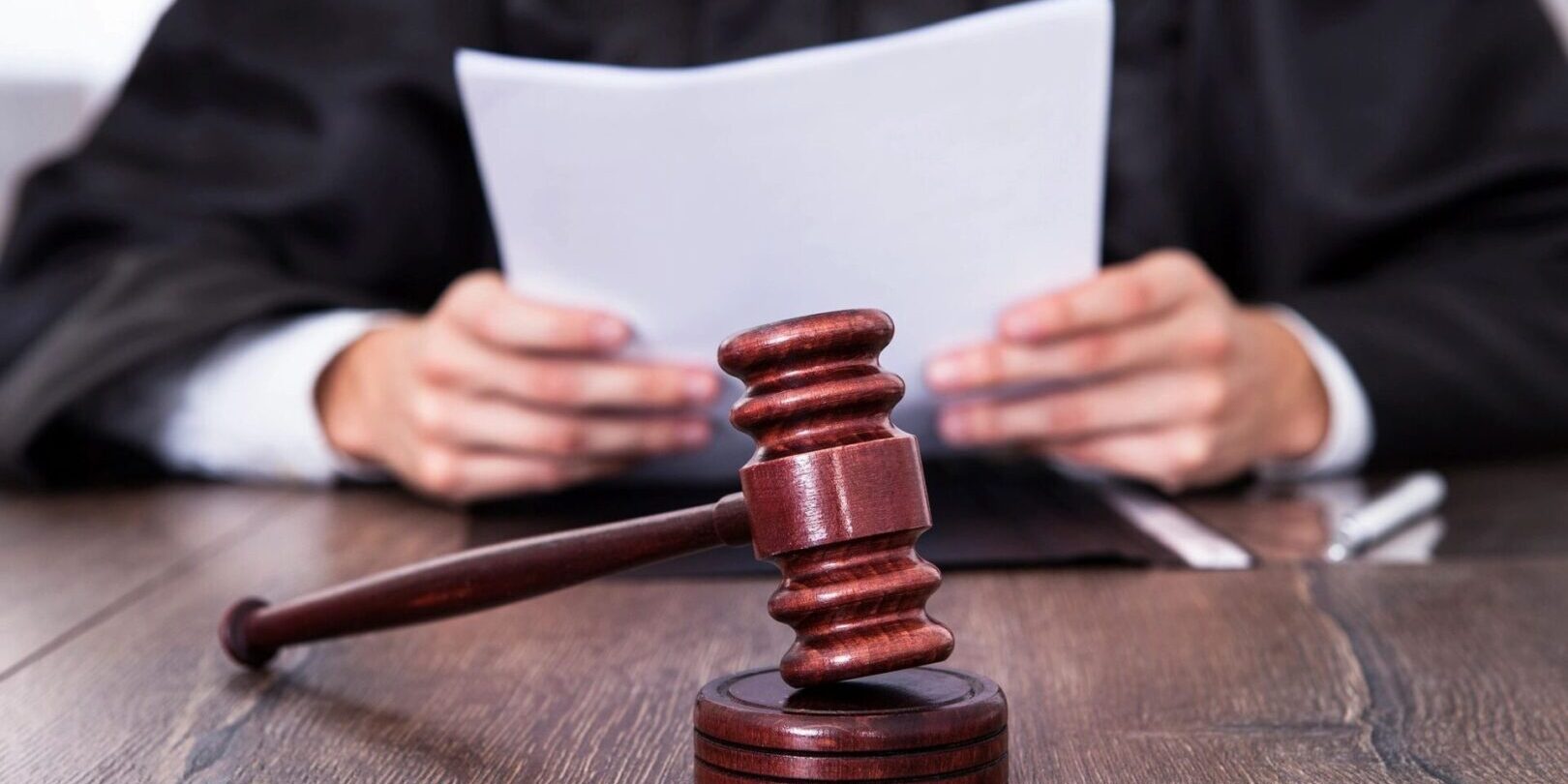
Who’s At Fault (And Why It Matters)
After an automobile collision, liability and fault are directly linked to your potential for recovery, or your chance of recovering monies for your injuries, pain and suffering, out-of-pocket expenses and lost wages. For a party to be held liable, they must be found at fault to some degree. To determine fault, juries and insurance companies evaluate negligence.
Negligence occurs when an individual fails to take proper care in doing something, resulting in injuries and damages to another party. In clearer language, the person who caused your injuries must have done something wrong such as driving too fast or disobeying traffic signals.
Negligence law is similar in most states and the elements to determining negligence typically include the following:
- The defendant owed a duty to act or refrain from acting in a particular way
- He/she breached that duty
- The breach of duty caused you to suffer injuries
- The defendant’s actions or omissions were a reasonably foreseeable cause to your injuries
- You suffered some type of damages, such as medical bills and lost wages
For example, if someone is texting while driving and runs a red light and hits another car and injures someone in that car, that is negligence. Often times, however, the facts aren’t as black and white and both drivers were at fault to some extent. That can occur when there’s a dispute about which driver had the right of way at an intersection.
If your case meets all the elements above, you more than likely will not experience liability issues and you have the option to recover 100% of your damages. If your case does not meet all or some of the above, you may run into issues when it comes to negotiating an injury claim settlement or recoup monies for property damages.
In the US legal system, there are two types of negligence: contributory and comparative. Contributory negligence is a rule barring an injured party from collecting damages based on the findings that they were careless and partially to blame for their injuries. Alternatively, comparative negligence allows for fault to be shared.
Comparative negligence can be further divided between “pure” and “modified” comparative negligence. Under the Pure Comparative Negligence Doctrine, no matter who is at fault, all involved parties can collect for damages, minus their portion of fault. For example, if you are found to be 20% at fault for a collision, you then can only recoup 80% of your damages.
For modified comparative negligence, there are two rules – the 50 percent rule and the 51 percent rule. For these, there is a minimal threshold of fault that bars a party from recover. Those thresholds are set at 50 and 51 percent, respectfully. If you are found to be in excess of these percentages of fault, you are barred from recovery.
Missouri has a pure comparative fault system. If the person who was injured is determined to be partially at fault in the accident, his recovery is reduced by his percentage of fault. For example, if he is injured due to an unsafe condition on someone’s property, and if the jury determines he is 40 percent at fault, his recovery is reduced by 40 percent. He can even be 99 percent at fault and still recover something, although he will lose 99 percent of his damages. The only way his recovery will be zero is if the jury determines the injured person was solely responsible for his injury.
Kansas has a pure several liability legal system, meaning the at-fault party is only held liable for his/her assigned portion of damages based upon a pre-determined percentage of fault. In more complicated cases, this is established by a jury.
Also in Kansas, for an injured party to have the right to pursue recovery, they must be 49% or less at fault for the collision. According to KS Stat § 60-258a:
“Comparative negligence. (a) Effect of contributory negligence of a party in a civil action does not bar that party or its legal representative from recovering damages for negligence resulting in death, personal injury, property damage, or economic loss if that party’s negligence was less than the causal negligence of the party or parties against whom a claim is made, but the award of damages to that party must be reduced in proportion to the amount of negligence attributed to that party. If a party claims damages for a decedent’s wrongful death, the negligence of the decedent, if any, must be imputed to that party.”
There are certain steps you can take as an injured party to protect yourself from comparative negligence. After you seek out necessary medical treatment, you should seek the advice of an experienced attorney before speaking with the other party’s insurance company or adjuster. You should NEVER provide statements that could later be used to find you partially at fault. The same is true for authorities who present at the collision scene, you should never admit fault before speaking with an attorney.
Alternatively, if it has been determined by an insurance company that comparative negligence exists, an experienced attorney may be able to intervene and lower your burden of fault. This is especially helpful in Kansas if it has been determined you, as an injured person, are more than 49% at fault for a collision.
Kendall Law Group has over 30 years of experience representing injured individuals in transportation cases. When communicating with insurance companies and negotiating a claim, experience and a proven track record of success go a long way toward being taken seriously as a claimant. Studies performed by the Insurance Research Council have found, on average attorneys obtain 3.5 times higher settlements for their clients than those claimants who have no representation.
Our firm offers a free consultation with an experienced attorney. If you have been injured in an auto collision, after you obtain the necessary medical treatment, give us a call to discuss your case. We can be reached at (816) 531-3100, or you can sign up for your consultation HERE.





